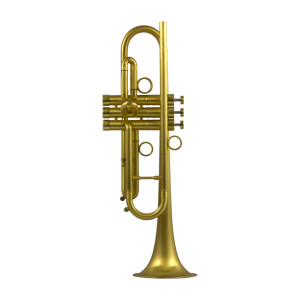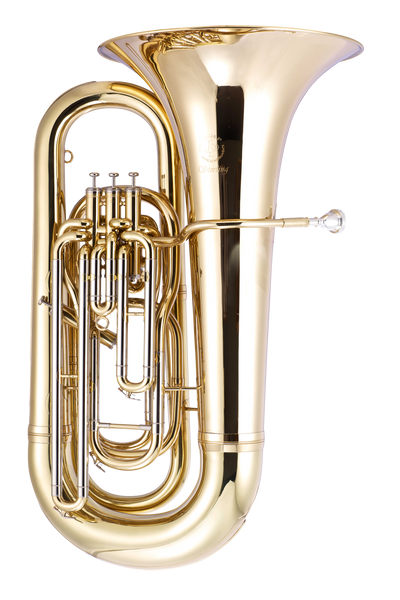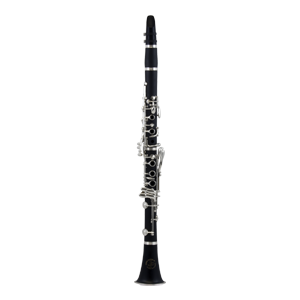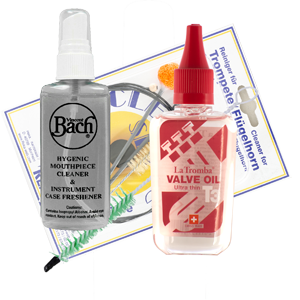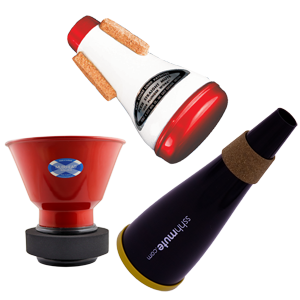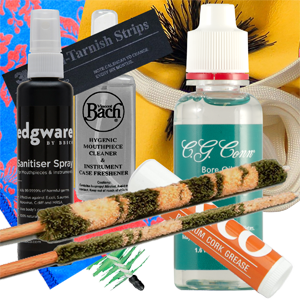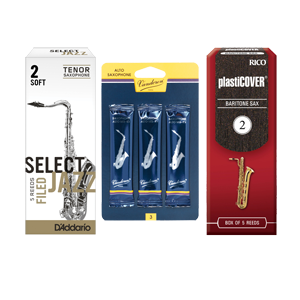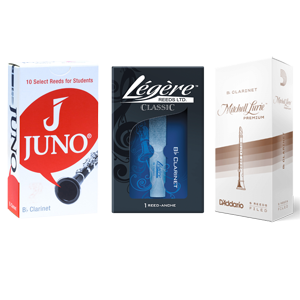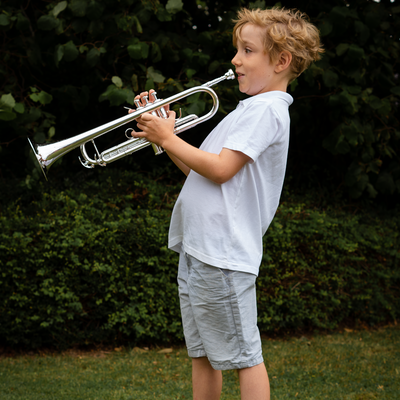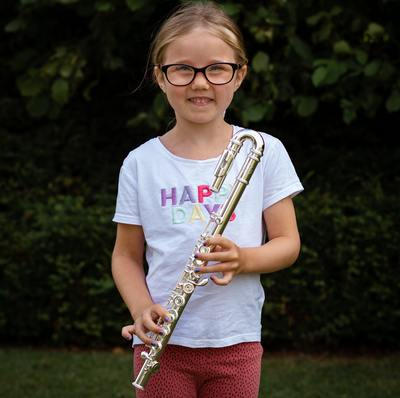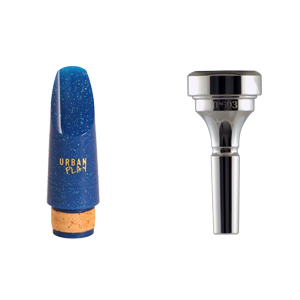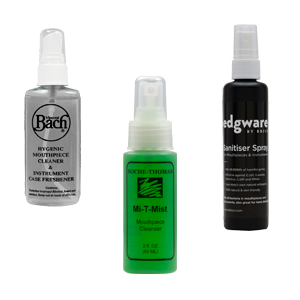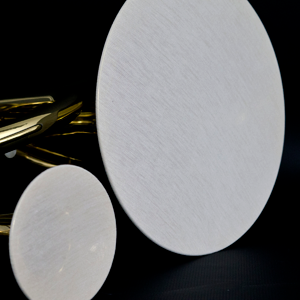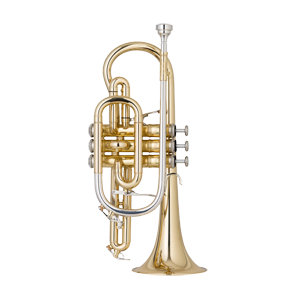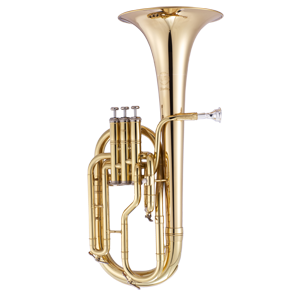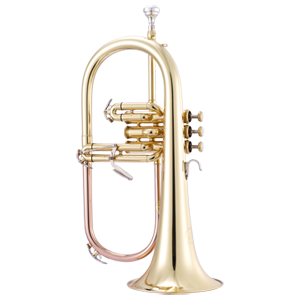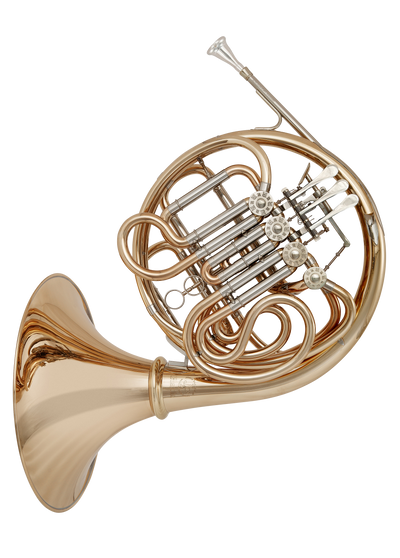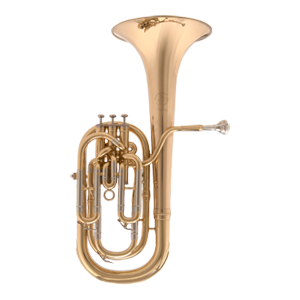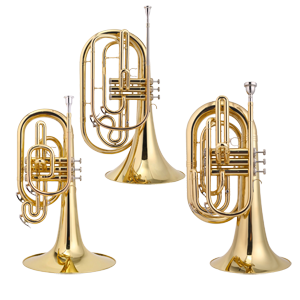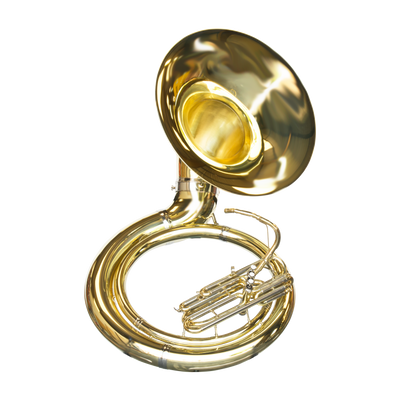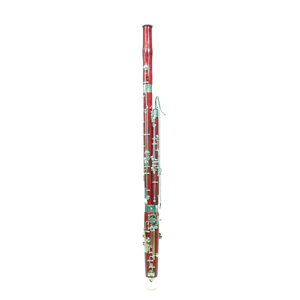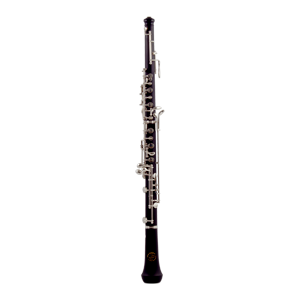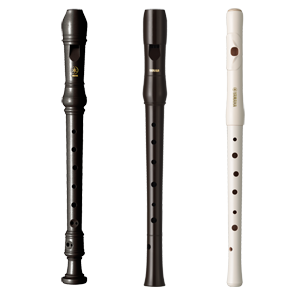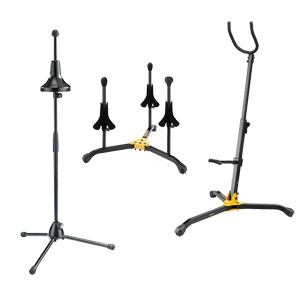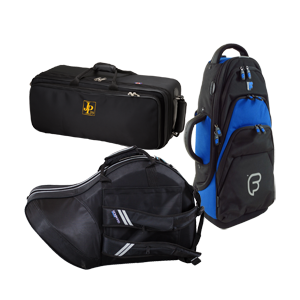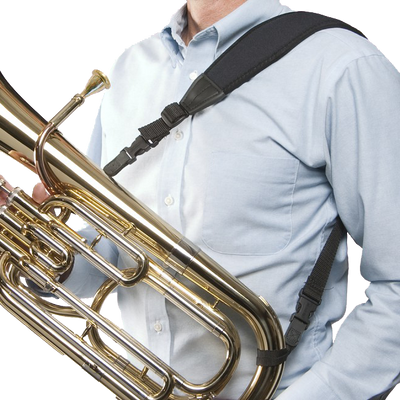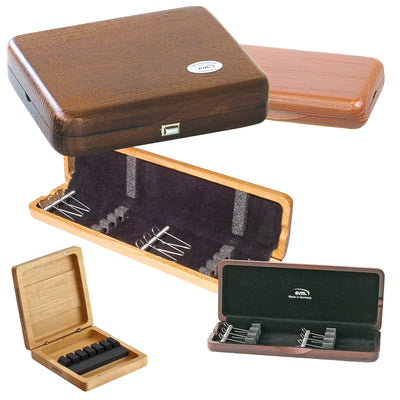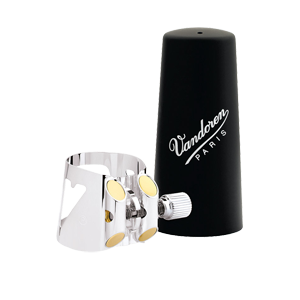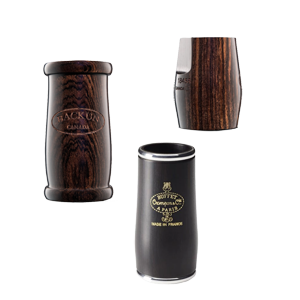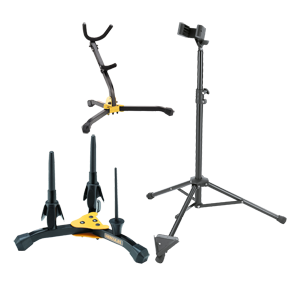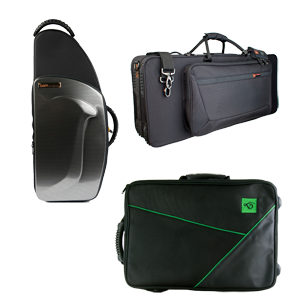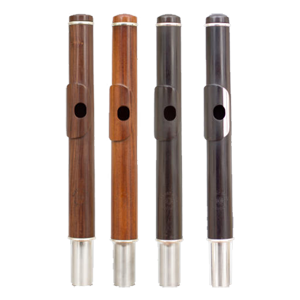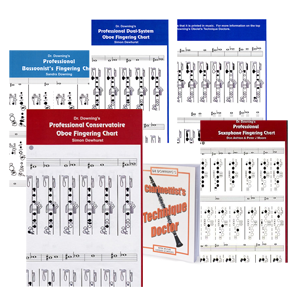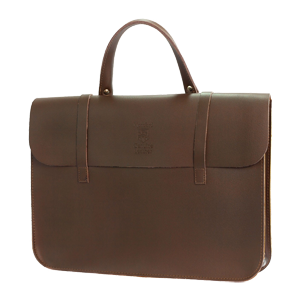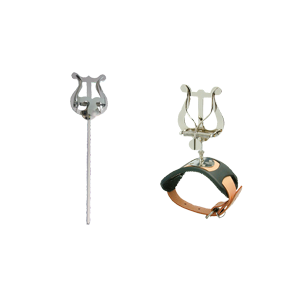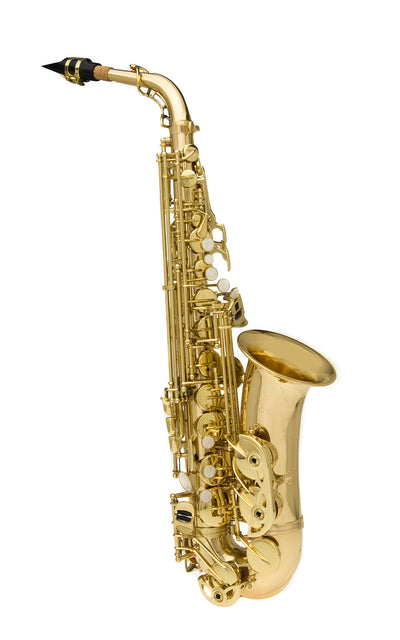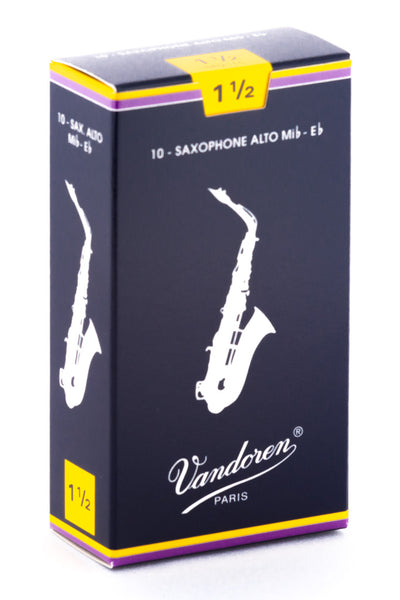A guide to buying your first oboe
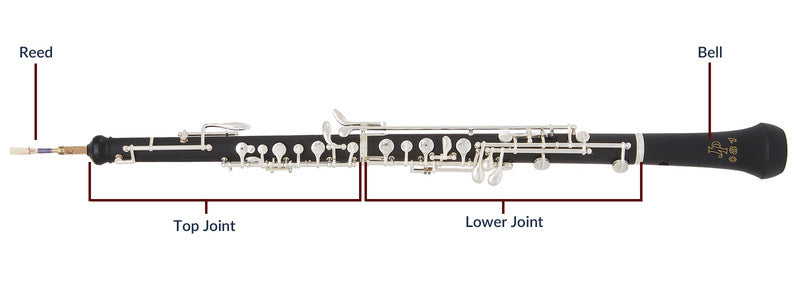
The Oboe is one of those instruments that has in the last number of years come into the ‘minority bracket’. Largely because of price, and also due to the fact that it's quite a challenging woodwind instrument. Its appeal is also perhaps limited to repertoire. You could play jazz, but it is more commonly recognised as being an orchestral instrument.
If you're learning in the UK, you'll learn on an oboe which has a thumbplate. If you’re studying in continental Europe or in America oboes don’t tend to have this key, making it a ‘Conservatoire’ oboe. You can have ‘dual system’, but we’d generally recommend having a relatively simple student oboe when starting out.
Types of Oboe
| Type | Other Comments |
|---|---|
| Thumbplate Oboe | Widely used in the UK as a starting instrument. Could be made of a composite material or wood. Generally a student instrument which may also feature simplified keywork and a narrow bore to enable younger players to start earlier. |
| Dual system Oboe | More advanced keywork and generally bigger bore to enable a higher standard of playing. More likely instrument for use in Orchestral and Solo work. |
| Conservatoire oboe | Mainly found in Continental Europe and the US, Conservatoire oboes use different fingering techniques not generally taught in the UK at student level. Further keywork will vary according to level of manufacturing and design specification. |
Younger Players
Learning a musical Instrument at a young age has a whole host of benefits but its important that children are comfortable holding and playing their oboe before they start their musical journey in earnest or they may lose interest. The physical length of the oboe can make it difficult for younger players to comfortably hold whilst maintaining a good posture.
The other key challenge that many younger woodwind & brass players will face is considering how the shape of their mouth and teeth will change over time and how this will affect their embouchure. Embouchures are very personal to each different player and requires many hours of practise and development for improvement. The change in mouth shape and teeth can make it difficult for players to form a consistent baseline from which to develop their playing.
If children are very keen to play before they are capable of playing an oboe, there is another option.
Start on a recorder
While it can be understandably frustrating to be given a different instrument when you know want you want to play, many oboists who have started out on the recorder progress on the oboe quicker, having got to grips with very similar fingering and blowing. Music teachers will often have an opinion about when it is the right time to move onto the oboe, but aged 11 is common, though this is dependent on the age and size etc. of the player.
Reduced keywork models
Some oboe models are available with a reduced keywork system. This can support the development of younger players as it removes some of the keywork that it usually only required in higher standard repertoire. This also has the benefit of reducing maintenance costs and reducing the chance of accidental damage. Considering a reduced keywork oboe is a good step for those looking to start learning at a young age.
Use a sling
Although an oboe sling should still only be used when the player is of a size where they can manage to comfortably hold their oboe correctly, they can help to support the weight of the instrument which is especially useful for youngers players. A good quality, comfortable sling can pay dividends and also enable players to practise and play for longer.
Features
Reed
Reeds are a vital part of your oboe and they come in a variety of different strengths.
Reeds are made from a single piece of bamboo cane which is gouged and shaped, before being bent in half and tied onto a staple. The tip (fold in the cane) is trimmed so that a plaque can be inserted between the two sides of the cane, then scraped with a knife. The more the reed is scraped, the softer and easier it is to blow.
Once players reach a certain standard it is common that they will look to use harder reeds to better match their embouchure, chosen repertoire and style. More expensive reeds benefit from improved precision and manufacturing quality.
Reeds are very unique, and it is common that what suits one player will not suit the next. Reeds are also quite temperamental, which can rub off onto oboists!
Body
The oboe’s body is made of three constituent parts; the top joint, lower joint and bell.
In student models the body could be made of ABS resin which has good tonal characteristics. More expensive models are likely to be constructed from the very dense African Blackwood which many deem as having better tonal qualities although will require more maintenance and ongoing care.
The joints are linked via cork tenons and feature the instruments keywork which is drilled and mounted onto the body. Care must be taken when assembling and disassembling your oboe so that the keywork isn’t bent or pushed out of alignment.
Regularly applying a small amount of cork grease to your instrument’s tenons will help make this process easier. It’s also important to wipe this off every now and then and cleaning the cork with something like lighter fluid to remove all grease, before reapplying. The reason for doing this is to prevent a build-up of dust and dirt on the grease.
Bore
The bore of your instrument describes the cylindrical hole down the middle of your oboe through which air travels creating sound.
For most student models the bore is quite narrow making it easier to play and with less resistance. In more expensive, pro level models the bore diameter will be wider and the wood thicker. This change in bore gives a distinctly bigger and more sonorous tone.
It is important to use a pull-though after each playing session to remove any moisture that remains in your oboe’s bore. Expensive models made from wood also require oiling inside the bore to keep them in top playing condition. To do so, just put a few drops of bore oil onto your pull through every six weeks.
Keywork
Nickelplated keywork can sometimes cause issues with allergies which some players can develop with prolonged exposure over a long period of time. Many student models will features silverplated keywork which should be bright and hard wearing. A silver polishing cloth is usually supplied with many starter models and can be used to keep keywork in good condition. Natural oils from players’ fingers will erode and tarnish keywork over time so regular cleaning will help to increase the life span of the instrument.
Many other small keywork components such as pads and springs will separate cheaper models with more expensive models. ‘Blue Steel’ springs are respected for providing a quicker action when pressing and releasing keys. The material that your oboe’s pads are made from will also vary from model to model. These are especially important as they need to provide an airtight seal between key and tone hole. Many student models will feature ‘skin’ pads whereas more expensive models may have leather pads. Pads are also selected according to whereabouts they are positioned on the oboe’s body. Regardless of pad material, they all require maintenance and would need to be replaced over the lifetime of your instrument.
Finally, an adjustable, rather than fixed thumbrest is an invaluable piece of keywork for smaller players as it allows the thumbrest to be adjusted over time as the player’s hands grow. These have become more common on student models but always worth double checking when selecting a first oboe. As hand sizes do vary, should you have an oboe with a fixed thumbrest, these can be replaced by an adjustable one, for a small charge in our workshop.
Recommended Accessories
Polishing Cloth
Not the most exciting accessory in the world but still very useful! Polishing clothes are usually impregnated with a small amount of silver polish and when used frequently, will keep your oboe's keywork in good condition.
More than just improving aesthetics, keeping keywork clean will extend the lifespan of your instrument as it reduces erosion that can be caused from the natural oils in players’ hands.
Many student oboes will be supplied with a silver polishing cloth.
Pull Through
A good quality pull-through suitable for your model of oboe is invaluable in keeping it in good working order. These are available in a range of different materials including microfiber cloth, leather and chamois.
Using a pull-though after each practice or performance removes moisture from the bore of your instrument. This reduces the chance of mould and bacteria growing and in the case of wooden instruments reduces the chance of the body of the oboe cracking or warping.
Cork Grease
Another accessory that is commonly supplied with student oboes, cork grease makes assembling your oboe a breeze.
Regularly applying a small amount of cork grease to your oboe’s tenons when joints feel stiff will help ease the process of assembling your instrument which will reduce the chance of bending keywork out of alignment. It is always a good idea to clean off any old grease and grime with kitchen roll before reapplying more grease.
Oboe Stand
An oboe stand is a worthwhile investment for new players. Many instrument breakages and damage arise when instruments are knocked off chairs, beds etc when not in use. A good stand will help avoid these situations. Some lower profile stands conveniently fold up and store in your oboe case, making transport easier.
Oboe Sling
Although more commonly used with Saxophones and Cor Anglais’, a sling can be helpful in taking the weight of the instrument off of the player. For clarinet players, slings tend to be more popular with younger players and more mature players but there’s nothing to stop any age or standard of player from benefitting from the increased comfort that they provide. When buying a sling, pay special attention to the quality and construction of the hook. As these hold the weight of your instrument they are particularly important.
Popular Student Oboes
John Packer JP081 Oboe
This is an ideal oboe for younger beginners owing to the lightweight construction and reduced keywork. Made from resin, this model is robust and durable and has been a favourite within the UK education sector since its introduction. With no linkage between the joints, it’s easy to put together. Because of this it only plays to low B, making it only suitable up to Grade 3 level.
Howarth S10 Oboe
An updated version of the widely used Howarth B, the S10 model has become undoubtedly one of the most popular student oboes. Made of Blackwood, and with closer spaced keywork suited to smaller hands, the S10 is good for beginners up to Grade 5/6 level.
John Packer JP181 Oboe
The JP181 is a natural step-up from less advanced models, such as the JP081 and similar. While crafted from the same resin material, the keywork is full dual system making it comfortable in the mid/upper grades.
Howarth S20 Oboe
The Howarth S20 easily meets the needs of amateur playing to Grade 8. While not full keywork (or dual system) it is a natural step-up from the Howarth S10 model, featuring some more advanced keys and additional trills along with a bigger bore, giving an improved tone.
Fossati Tiery J40 Oboe
While similarly priced to the Howarth S20, this student oboe from French company Fossati has a lot more features; a thick wooden body, dual system and almost full gillet. Specification-wise, this model has all the features that you would normally associate with an advanced oboe, but a student price-point.
Caring for wooden instruments
Although your first oboe may be made from a composite material, it is worthwhile being aware of the pros and cons associated with wooden models.
Wooden Instruments are widely accepted to produce a better tone and sound when compared to instrument constructed from more synthetic, manmade materials such as ABS Resin and Ebonite however with this come additional maintenance requirements. As a living material, wood can swell, warp and change shape, especially with the introduction of moisture which is unavoidable when playing woodwind instruments.
With new wooden instruments, it is important they are ‘played-in’ gradually. This means shorter practice sessions for a limited time until the instrument has acclimatised to the moisture from players’ breath. It is also common for players to experience stiff joints as the instrument swells slightly. In these cases, the instrument’s tenons may require adjustment which should be carried out by a professional instrument repairer.
Wooden instruments will also be more sensitive to heat and temperature changes. Rapid changes can lead to cracks in the body. This can be caused by accidently leaving your instrument near a radiator or somewhere similar.
With the additional tonal benefits of wooden instrument come an increased responsibility and requirement for more maintenance. This is why in many cases, an ABS or ebonite clarinet for students and first time players is recommended.
Hire & Assisted Instrument Purchase Schemes
Several schemes are in place to support new players as they start their journey to learn the oboe. Our instrument hire scheme enables students to hire an oboe at an affordable monthly cost and at the end of the 24 hire payments, you keep the instrument
Our Assisted Instrument Purchase Scheme (AIPS) aims to reduce the financial burden of purchasing your first instrument. If students are attending a UK based state school it is usually possible to purchase the instrument through the school benefiting from their VAT exempt status. Students must be in full time education and receiving music tuition. It is possible to combine both our instrument hire scheme and then to purchase the instrument through the school via the AIPS scheme for maximum benefit.



